

A War at Sea - World War 2
Auxiliaries – World War 2
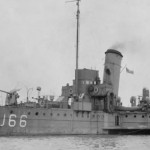
Auxiliaries are extremely important for navies of all sizes, as without them, the primary fleet vessels cannot be effective. One of the most direct ways that auxiliaries support the fleet is by providing underway replenishment to major fleet units. This … Continue reading
Posted in on Thursday, April 17th, 2014Battleships & Frigates – World War 2
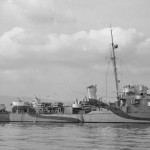
World War II saw the end of the battleship as the dominant force in the world’s navies. On the outbreak of the War, large fleets of battleships—many inherited from the dreadnought era decades before—were one of the decisive forces in … Continue reading
Posted in on Thursday, April 17th, 2014Cruisers – World War 2
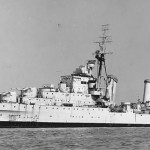
The heavy cruiser was designed for long range, high speed, and heavy calibre naval guns. The first heavy cruisers were built in 1915, although it only became a widespread classification following the London Naval Treaty in 1930. The heavy cruiser’s … Continue reading
Posted in on Sunday, April 13th, 2014Corvettes – World War 2
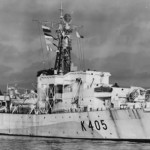
Great Britain’s shipbuilding program of 1939 and 1940 required a convoy escort vessel which was capable of being built quickly, of mounting the then available anti-submarine equipment, of surviving the heavy seas around the British Isles, and of matching U-boat … Continue reading
Posted in on Sunday, April 13th, 2014Depot Ships – World War 2
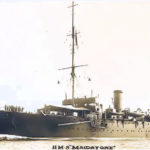
Depot ships provide services unavailable from local naval base shore facilities. Industrialised countries may build naval bases with extensive workshops, warehouses, barracks, and medical and recreation facilities. Services provided by a depot ship depend upon whether typical client warship missions … Continue reading
Posted in on Saturday, April 12th, 2014Destroyers – World War 2
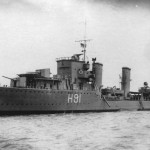
At the start of World War II, the Royal Navy operated a range of destroyer classes. Some of these were legacies of World War I, some were designed during the inter-war years and the rest were the result of wartime … Continue reading
Posted in on Sunday, April 13th, 2014Minesweepers – World War 2
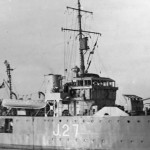
Among the Naval services rendered to Great Britain and the Allies during World War II, none were more conspicuously important than the work of British minesweepers and minelayers. The mine-sweeping has been described by those who should know as having been … Continue reading
Posted in on Sunday, April 13th, 2014Sloops, Patrol Vessels & Tugs – World War 2
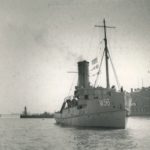
A wide range of smaller ships also served in the Royal Navy in the Second World War. Perhaps not as glamorous as the big guns ships, never the less the Trawlers, Drifters, Tugs and other small ships gave sterling service … Continue reading
Posted in on Thursday, April 17th, 2014Torpedo Boats – World War 2
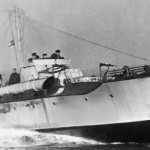
“A surface vessel of war whose main armament is torpedoes, and is intended to travel at sea with the battle fleet to attack major enemy warships.” At the outbreak of war there were three flotillas of Motor Torpedo “short boats” … Continue reading
Posted in on Thursday, April 17th, 2014Trawlers – World War 2
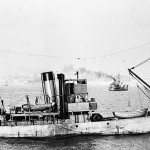
All Trawlers operated by RN, regardless of origin, were typically given the prefix HMT which stood for “His Majesty’s Trawler”. During 1907 Admiral Lord Charles Beresford recommended that steam trawlers be used in the role of minesweepers in the event … Continue reading
Posted in on Sunday, April 13th, 2014